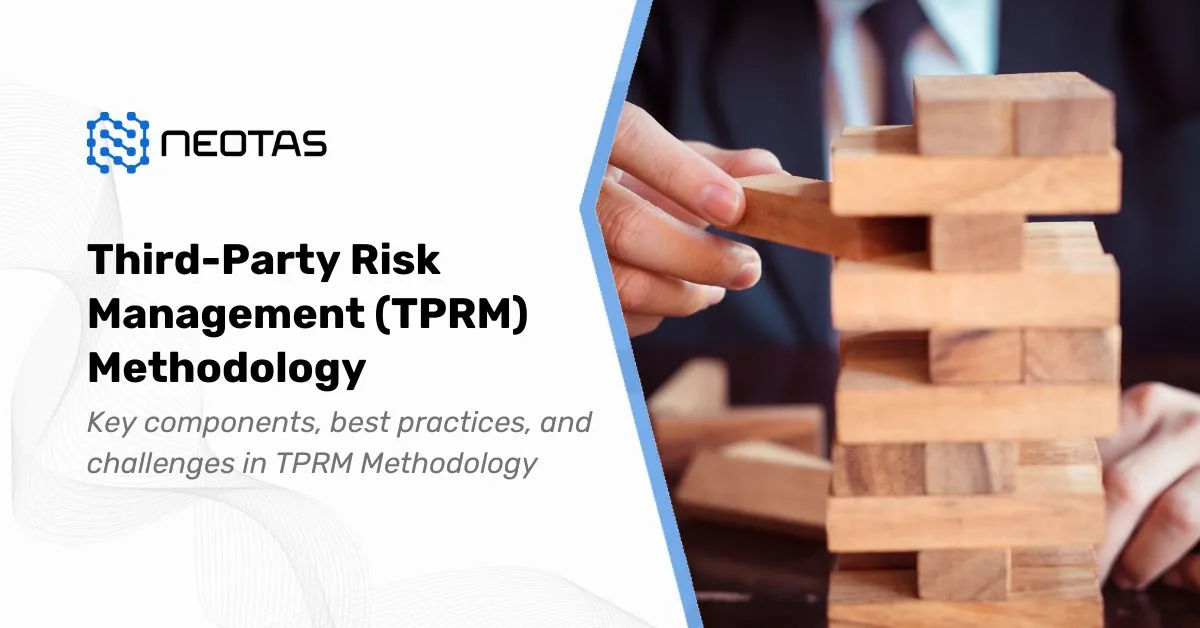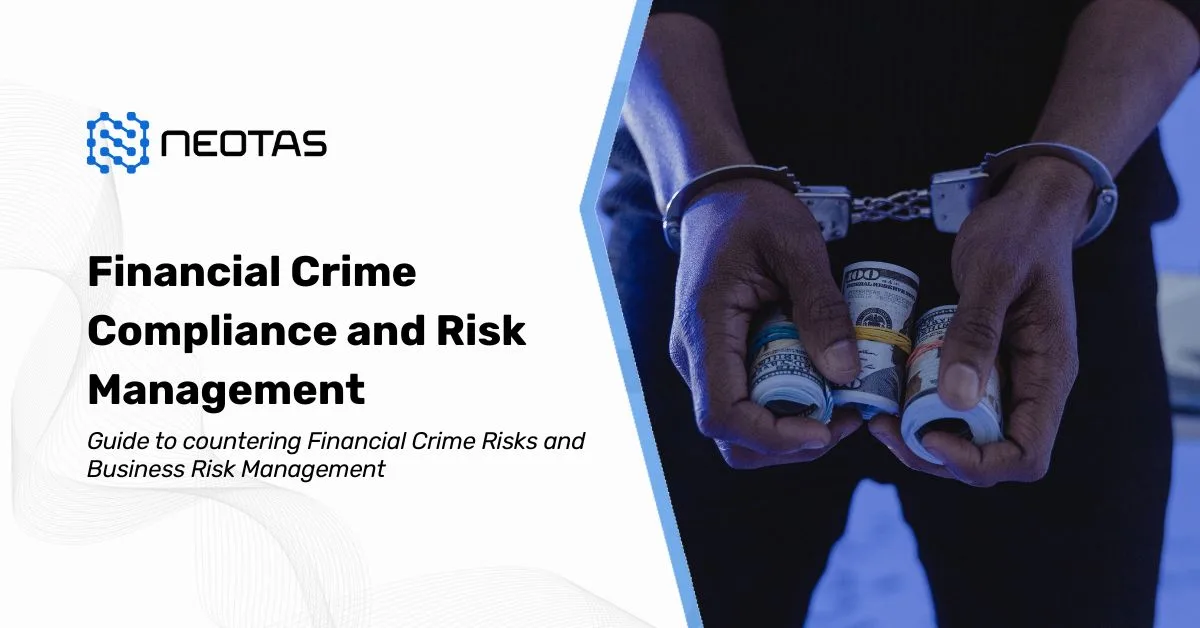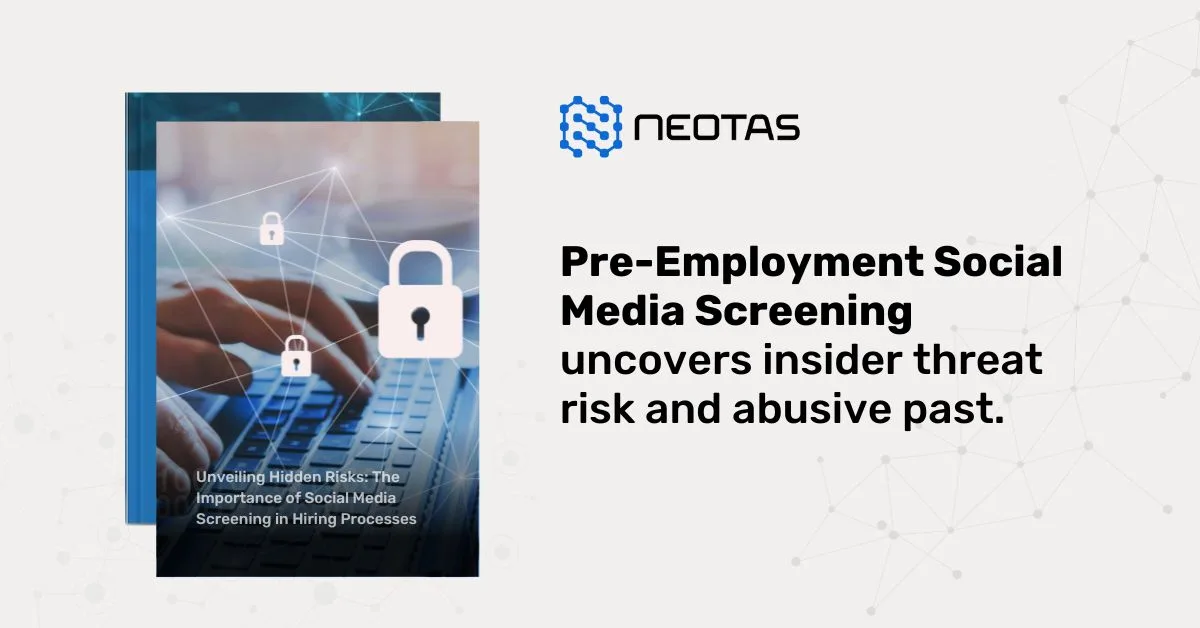Vendor Due Diligence Process
The vendor due diligence process is a critical component of effective third-party risk management (TPRM). It involves a structured and rigorous approach to evaluating potential vendors or service providers before entering into a contractual agreement.
The primary objective of this process is to identify and mitigate potential risks associated with engaging with a particular vendor, ensuring that the organisation’s interests are protected, and regulatory and legal requirements are met.
The vendor due diligence process typically consists of the following key stages:
Planning and Scoping:
The first step in the process is to define the scope and objectives of the due diligence exercise. This involves identifying the specific requirements, risks, and areas of concern that need to be assessed. It is essential to establish a clear understanding of the nature of the vendor’s services, the criticality of the engagement, and the potential impact on the organisation’s operations, customers, and regulatory compliance.
Data Collection and Vendor Questionnaire:
Once the scope has been defined, the next step is to gather relevant information about the vendor. This typically involves sending a detailed questionnaire to the vendor, requesting information about their organisation, services, financial stability, security practices, regulatory compliance, and risk management processes. The vendor questionnaire should be tailored to the specific requirements of the engagement and the identified risks.
Documentation Review:
In addition to the vendor questionnaire, the due diligence team should review relevant documentation provided by the vendor. This may include financial statements, security policies, business continuity plans, certifications, and other relevant documentation that supports the information provided in the questionnaire and provides further insights into the vendor’s operations and capabilities.
Site Visit and Interviews:
Depending on the nature and criticality of the engagement, an on-site visit to the vendor’s facilities may be necessary. This allows the due diligence team to observe the vendor’s operations firsthand, assess their physical and logical security controls, and conduct in-person interviews with key personnel. Interviews can provide valuable insights into the vendor’s culture, processes, and overall approach to risk management.
Risk Assessment and Analysis:
Based on the information gathered from the vendor questionnaire, documentation review, site visits, and interviews, the due diligence team conducts a thorough risk assessment and analysis. This involves identifying and evaluating potential risks associated with the vendor engagement, such as operational risks, financial risks, security risks, compliance risks, and reputational risks. The assessment should consider the inherent risks, as well as the vendor’s ability to mitigate and manage those risks effectively.
Third-Party Risk Evaluation:
In today’s interconnected business environment, it is essential to evaluate the vendor’s own third-party relationships and their approach to third-party risk management. This includes assessing the vendor’s due diligence processes, monitoring mechanisms, and oversight of their own suppliers and sub-contractors, as their risks can potentially impact the organisation.
Remediation and Risk Mitigation:
Based on the findings of the risk assessment, the due diligence team should work with the vendor to develop and implement appropriate risk mitigation strategies. This may involve negotiating contractual terms, implementing additional security controls, establishing monitoring and reporting mechanisms, or developing contingency plans to address identified risks effectively.
Final Evaluation and Recommendation:
Once all the necessary information has been gathered and analyzed, the due diligence team should prepare a comprehensive report summarizing their findings, risk assessments, and recommendations. This report serves as the basis for the organisation’s decision to proceed with the vendor engagement, renegotiate terms, or explore alternative options if the risks are deemed unacceptable.
Ongoing Monitoring and Reassessment:
The vendor due diligence process does not end with the initial engagement. It is essential to establish ongoing monitoring and periodic reassessments to ensure that the vendor continues to meet the organisation’s requirements and effectively manages any changes in their operations, risk profile, or regulatory environment. Regular reviews and updates to the due diligence documentation are crucial for maintaining effective oversight and risk management.
Effective vendor due diligence is a collaborative effort involving cross-functional teams from various departments, such as procurement, legal, information security, risk management, and subject matter experts. It requires a structured approach, thorough documentation, and clear communication throughout the process to ensure that all potential risks are identified and addressed appropriately.
By implementing a robust vendor due diligence process, organisations can make informed decisions, mitigate risks associated with third-party engagements, and foster long-term, sustainable business relationships with their vendors, while maintaining compliance with regulatory requirements and industry best practices.
Read the detailed guide on Vendor Due Diligence Checklist
How can Neotas Vendor Due Diligence process help?
Enhance your vendor due diligence process with Neotas. Our rigorous analysis minimises risks, expedites sales, and increases value creation. Gain buyer confidence through objective assessments. Through our enhanced due diligence platform, businesses can efficiently track and evaluate vendors and contractors, ensuring adherence to security protocols in a cost-effective manner.
The Neotas platform automates the vendor onboarding process, streamlining the addition of new vendors with remarkable ease and speed.
Moreover, Neotas provides a customisable dashboard, enabling businesses to proactively identify and address emerging risks. By consolidating vital vendor information, Neotas facilitates the seamless integration of risk management into existing Customer Relationship Management (CRM) and Supply Chain Management (SCM) systems, ultimately helping businesses maximise profits while minimising risk exposure.
Request a Demo
If you’re curious about whether our Vendor Due Diligence solutions and services align with your organisation, don’t hesitate to schedule a call. We’re here to help you make informed decisions tailored to your needs.
Vendor Due Diligence Solutions:
- Enhanced Due Diligence
- Management Due Diligence
- Customer Due Diligence
- Simplified Due Diligence
- Third Party Risk Management
- Vendor Due Diligence
- Vendor Due Diligence (VDD) Guide
- Vendor Due Diligence Report
- Vendor Due Diligence Checklist
- Vendor Due Diligence Questionnaire
- Vendor Due Diligence Process
- Open Source Intelligence (OSINT)
- Introducing the Neotas Enhanced Due Diligence Platform
Vendor Due Diligence Case Studies:
- Third Party Risk Management (TPRM) Using OSINT
- Open-source Intelligence For Supply Chain – OSINT
- ESG Risk Management Framework with Neotas’ OSINT Integration
- Open Source Intelligence In AML Compliance | Case Study
- Identifying Difficult And Dangerous Senior Managers
- ESG Risk Investigation Uncovers Supply Chain Risks
- Financial Crime Compliance & Risk Management Trends
- Network Analysis Reveals International Links In Credit Risk Case
- Network Analysis and Due Diligence – Terrorist Financing
- Using OSINT For Sources Of Wealth Checks
- ESG Risks Uncovered In Investigation For Global Private …
- PEP Screening: Undisclosed Political Links Uncovered For European Organisation
- Risk-Based Approach (RBA) to AML & KYC risk management
- Anti-Money Laundering (AML)
- Supply Chain Risk Management
- Due Diligence Explained: Types, Checklist, Process, Reports
FAQs on Vendor Due Diligence Process
What is the vendor due diligence process?
The vendor due diligence process is a structured and rigorous approach to evaluating potential vendors or service providers before entering into a contractual agreement. It involves a comprehensive assessment of the vendor’s capabilities, financial stability, security practices, regulatory compliance, and risk management processes to mitigate potential risks associated with the engagement.
Why is the vendor due diligence process important?
The vendor due diligence process is crucial because it helps organisations identify and mitigate potential risks associated with engaging with third-party vendors. It ensures that the organisation’s interests, regulatory requirements, and security concerns are addressed effectively, protecting the company from financial, operational, and reputational risks.
What are the key stages of the vendor due diligence process?
The key stages of the vendor due diligence process include planning and scoping, data collection and vendor questionnaires, documentation review, site visits and interviews, risk assessment and analysis, third-party risk evaluation, remediation and risk mitigation, final evaluation and recommendation, and ongoing monitoring and reassessment.
How is the scope of the vendor due diligence process determined?
The scope of the vendor due diligence process is determined by identifying the specific requirements, risks, and areas of concern that need to be assessed. It involves establishing a clear understanding of the nature of the vendor’s services, the criticality of the engagement, and the potential impact on the organisation’s operations, customers, and regulatory compliance.
What information is typically requested from the vendor during the due diligence process?
During the vendor due diligence process, organisations typically request information from the vendor through detailed questionnaires, covering areas such as the vendor’s organisation, services, financial stability, security practices, regulatory compliance, risk management processes, and third-party relationships.
What is the significance of site visits and interviews during the vendor due diligence process?
Site visits and interviews play a crucial role in the vendor due diligence process. They allow the due diligence team to observe the vendor’s operations firsthand, assess their physical and logical security controls, and conduct in-person interviews with key personnel to gain valuable insights into the vendor’s culture, processes, and overall approach to risk management.
How is the vendor’s third-party risk evaluated during the due diligence process?
Evaluating the vendor’s third-party risk is an essential component of the due diligence process. It involves assessing the vendor’s due diligence processes, monitoring mechanisms, and oversight of their own suppliers and sub-contractors, as their risks can potentially impact the organisation.
What is the role of remediation and risk mitigation in the vendor due diligence process?
Remediation and risk mitigation are critical steps in the vendor due diligence process. Based on the findings of the risk assessment, the due diligence team works with the vendor to develop and implement appropriate risk mitigation strategies, such as negotiating contractual terms, implementing additional security controls, establishing monitoring and reporting mechanisms, or developing contingency plans.
How often should the vendor due diligence process be conducted?
The vendor due diligence process should be conducted initially before entering into a contractual agreement with a new vendor. Additionally, ongoing monitoring and periodic reassessments should be performed to ensure that the vendor continues to meet the organisation’s requirements and effectively manages any changes in their operations, risk profile, or regulatory environment.
What is the importance of collaboration and cross-functional involvement in the vendor due diligence process?
Effective vendor due diligence requires collaboration and cross-functional involvement from various departments, such as procurement, legal, information security, risk management, and subject matter experts. This collaborative approach ensures a comprehensive evaluation, effective risk mitigation strategies, and clear communication throughout the process, ensuring that all potential risks are identified and addressed appropriately.



 Financial Crime Compliance Trends 2024
Financial Crime Compliance Trends 2024
























